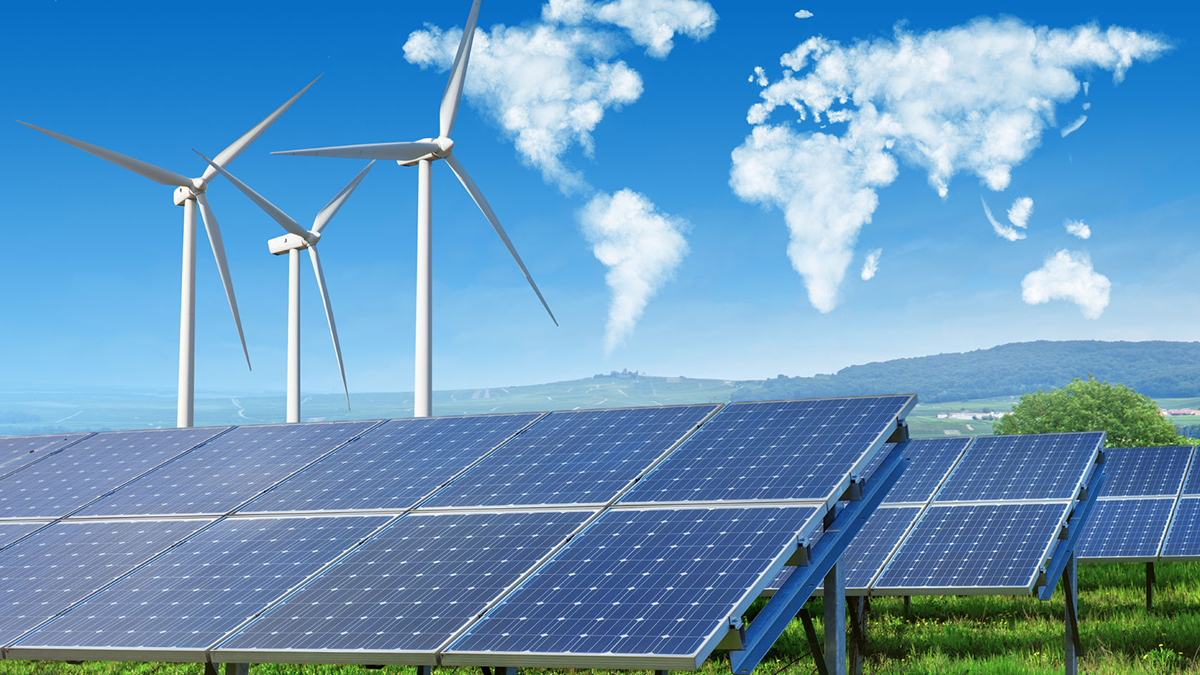In the case of the Environmental Protection Agency’s Clean Power Plan and the Department of the Interior’s Stream Protection Rule, low- and middle-income American families will shoulder the heaviest burden because they don’t have the income flexibility to accommodate higher home energy bills.
Consider the EPA’s Clean Power Plan, released about a year ago. EPA declared the CPP to be “a historic and important step” that “takes real action on climate change” and is “fair” and “flexible.” By talking about the CPP in such grandiose terms, EPA attempts to distract people from asking questions like, “Who will pay for this?” and “By how much will the CPP reduce climate change?”
Turns out, the effect on climate change is almost negligible. Applying the same climate model used by the EPA, Benjamin Zycher, from the American Enterprise Institute, determined that the climate benefit of the CPP amounts to a temperature reduction of 0.0015 of one degree by the year 2100. A similar study by the American Coalition for Clean Coal Electricity points out that the small effect on temperature is the equivalent of reducing rising sea levels by “the thickness of one to two human hairs.”
So what do Americans really get out of the Clean Power Plan? Answer: more expensive electricity.
EPA’s aggressive assault on cheap electricity affects investment decisions made by owners of coal-fired electricity plants, as they are likely to close plants that would be too expensive to operate under heavy regulation. Within a year of implementation, for example, the CPP is projected to result in the closure of 11 gigawatts of coal-fired electricity, which is enough electricity to power more than 2.5 million homes.
EPA isn’t the only government entity leaping at the opportunity to regulate cheap sources of electricity out of business. The Department of the Interior is also attempting to hamstring coal-fired electricity plants through its proposed Stream Protection Rule (SPR). Interior’s trick here is to distract people’s attention with a heart-warming claim about the need to preserve the “quality and quantity of both surface water and the groundwater for future generations when the coal is gone.”
Again, this political misdirection draws attention away from the discussion of who will actually bear the burden of preserving a politically determined level of environmental quality. Estimates of the economic effect of the Stream Protection Rule indicate that the people living in Appalachia, whose economies rely on coal, will pay a heavy price if the rule is promulgated.
Nationally, 100,000 to 300,000 mining-related jobs could be lost as $14 billion to $29 billion worth of coal is left useless in the ground because bureaucrats decided it must not be mined. That’s a loss of $3.1 billion to $6.4 billion in federal and state tax revenues, which not only means that coal supplies will shrink, thereby raising the price of coal-generated electricity, but also that the taxes lost will have to be made up somewhere else.
Fewer tax revenues and higher electricity prices mean that more low- and middle-income Americans will fall into the energy poverty trap, as they find themselves spending more of their incomes on meeting basic energy needs.
A cleaner and greener planet are worthy goals, but they can easily become thoughtless rallying cries that blind people to the full cost of regulation. The “look over there!” trick of environmental regulation is class warfare at its finest, as low-income earners are forced to carry the burden of achieving the environmental goals of the political elite.
We must always ask ourselves whom we are willing to harm in order to achieve our supposed “green” dreams.











